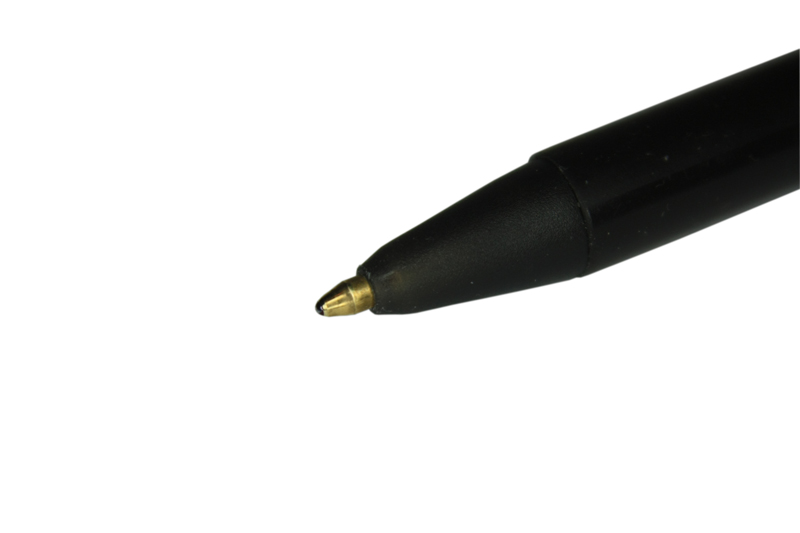Be very strong… be very methodical in your life if you want to be a champion.
~Albert Juantorena

Each day, there is a set of tasks that we need to get done. Whether it is at work or at home, you should be able to overcome the challenge of forgetting to do important tasks. We all know what it’s like to forget to do something important, but one of the proven ways to avoid this is by using a checklist.
Do More with a Checklist
Using a checklist is a tried-and-tested method to ensure that you never forget to do important things. Checklists are used in various industries around the world from government, medical, and aerospace to construction; their function is significant. Checklists are used for the sole purpose of reminding people what they need to do. They ensure that nothing is forgotten, allowing you to save time by doing more. By using a checklist properly, you’ll get more time out of your days!
Here are some tips to help you maximize the use of checklists:
1. Segregate the checklist for morning, afternoon, and evening tasks.
This tip in particular will come in handy for those of you who have a lot of work to do. Entrepreneurs, mothers, and freelancers who work at home can all make good use of this tip. When you wake up in the morning, make a list of everything that needs to be done by 12 noon. By lunch, make a list of the tasks that should be completed before dinner.
2. Prioritize moneymaking or business-oriented tasks first.
Put all activities that generate money, such as negotiating with clients, making sales calls, and emailing proposals at the top of your list. These are activities in your checklist that should ideally be completed before 3 pm each day. This is when businesses and offices are at their peak hours, answering calls and responding to emails. Limit administrative tasks to late afternoons or early evenings, when you don’t require the response of clients.
3. Evaluate the procedures you include in a checklist.
If you are relying on checklists to guide you through a project, it’s always best to reflect on them to ensure that you are doing only what’s necessary. Procedures in a checklist form can help you efficiently complete client proposals, emails, and presentations by ensuring all the information needed is there. Some questions you can ask yourself when evaluating the procedure include:
- Why is this step necessary to the completion of the project?
- Is this process in the right place? Should you reassemble the steps to get more done with less time?
- Are you providing concrete actions with each step that you can complete and check off?
- Is the procedure listed clearly enough for you to be able to hand it to another person and have them understand it?
4. Make your checklist easy to use.
This may seem obvious, but if you’re new to writing checklists, you may actually spend more time wondering about each step. This is because you’re writing down items that aren’t specific or clear enough. Make sure your checklists are clear and complete, but easy to use.
5. Put your checklist in a place that you see frequently.
You can print spreadsheets or word-processed files, use index cards or post-its for short checklists. To reduce waste, you can also choose to use a white board, which allows you to easily erase notes and create new checklists as needed.
Although working with a checklist can be a seemingly simple tool, it’s a great way to organize your life. It will also help you evaluate the routine tasks that you do each day, both in your personal and professional lives. Eventually, when using a checklist has become a habit, it can help you evaluate the higher goals and more important tasks that you should be prioritizing. A well-written checklist can help you perform tasks more efficiently, whether you’re diagnosing patients, building airplanes, or completing sales kits.
Why not leave a comment for the author?
